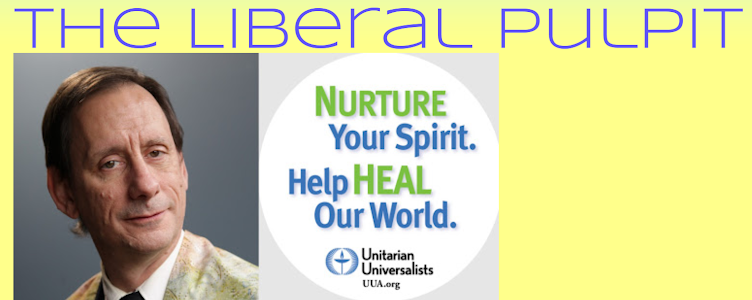The Blues, part 2
“When things go wrong, I’d rather just be quiet with it than to feel nothing at all. It can feel good to hurt, or to at least bring the hurt up to the surface enough to get it out through tears, words or hugs. Life itself is incredibly tough, and that’s why we need sadness to get us through. If we ignore it too much, the world takes on a dishonest veneer, and we feel a bit dishonest ourselves.” (Lynn Cinnamon)Blues music encompasses the full range of emotional expression – it’s a genre of a particular music structure that has been used for happy songs, triumphant songs, angry songs, or any emotion. What I’m particularly looking at today is the ones that are sad. They help us get in touch with our sadness – that is, they help us face rather than turn away from certain aspects of reality.
Facing the tragedy and loss, honoring it, becomes a part of a deeper joy that grows through sadness. Buddy Johnson’s “Since I Fell For You":
You made me leave my happy homeLove lost is so painful. Robert Johnson’s “Sweet Home Chicago” mourns both the separation from home – the alienation of a stranger in a strange land – and the unreliability of loving relationship.
You took my love and now you're gone….
Love brings such misery and pain
I guess I’ll never be the same.
But I'm cryin' babyOutside of blues songs, sad songs are all over the country, rock, and pop pantheon:
Honey don't you wanna go?
Back to the land of California
To my sweet home Chicago.
- Hank Williams, “I’m so lonesome I could cry.”
- George Jones, “If Drinking Don’t Kill Me, Her Memory Will”
- R.E.M. “Everybody hurts”
- Joy Division, “Love Will Tear Us Apart”
- Townes Van Zandt, “Waiting Around to Die”
- Eric Clapton, “Tears in Heaven”
I’m never gonna hold you like I didThe song is powerfully sad, in part by reminding us how sad it is not to be able to be sad.
Or say I love you to the kids
You’re never gonna see it in my eyes
It’s not gonna hurt me when you cry
I’m not gonna miss you.
And then there’s Sarah McLachlen singing a Randy Newman song, “When She Loved Me,” from Toy Story 2. The song is about a toy getting abandoned by her owner as she grows up. Bonnie Stiernberg commented: “I’m not a big Disney/Pixar person, but I have a distinct memory of seeing the movie in theaters with my parents as a kid, looking over during this scene and noticing that even my dad was crying. Over a cartoon toy cowgirl getting left under a bed.”
Why do we have songs like this? The theory that’s somewhat jokingly advanced is that it makes us feel better because we’re not as bad off as what the song depicts. I don’t buy that. We listen to the blues, or other sad songs, or go to sad movies or read sad novels, because it feels good to feel.
We have memorial services when a loved one dies, and we have taken to calling them celebrations of life – and they are – but there’s no escaping our need to have our sadness. In opening to that sadness, we open to a greater truth than we are likely to notice in happy times: that,
“the dead move through all of us, still glowing....The lost human voices speak through us and blend our complex love – our mourning without end” (May Sarton)We practice sadness so we’ll know how to do it when we need to. And because empathizing makes us more compassionate, and compassion connects us to others. Because sharing tears, like sharing laughter, is an entrance-way into human community and the human family. It’s because it is how we face reality and discover in that reality an underlying joy.
You see, there’s a certain mistake we make when we treat happiness and joy as synonyms. I know that in many usages they are synonyms. But the temporary exultation of things going well is one thing -- let's call that happiness -- and the abiding sense that you belong, no matter how things are going is something quite different -- let's call that joy. If we adopt this way of distinguishing happiness from joy, then sadness is the opposite of happiness, while sadness is an essential component of joy. When we face reality without filtering out the parts we don’t like, without turning away from the hard parts even for a moment, our own belongingness in that reality grows more secure.
The more time we spend holding in awareness the sadness of the world – feeling the pain, loss, and tragedy – the more we are part of it, the more thoroughly we are integral to it all, the more clear our belongingness is, and thus the deeper is our joy. To an outsider, sometimes someone’s sadness might look like they’re depressed, but depression is a numbness, an inability to feel, and sadness is feeling – letting in the feeling and not turning away.
* * *
This is part 2 of 3 of "The Blues"
See also
Part 1: Dukkha and The Blues
Part 3: Sorrow Carves the Container for Joy



No comments:
Post a Comment